Scientists have found DNA from more than 30 plant groups in a clay brick, providing clues about life in ancient Iraq.
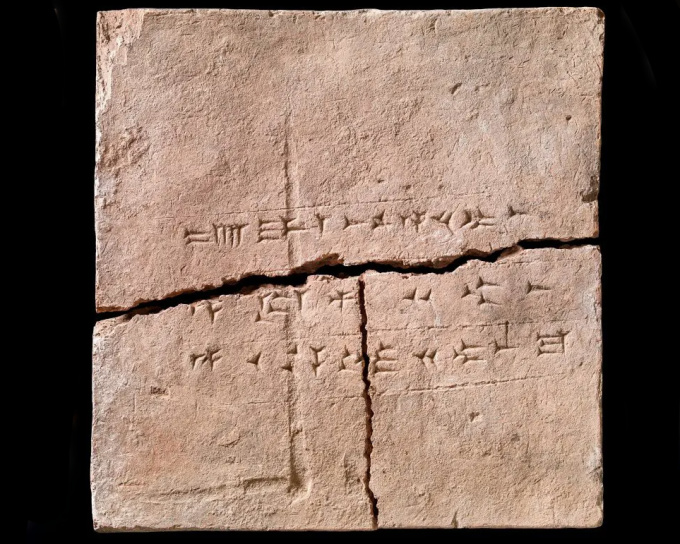
Clay bricks in the National Museum of Denmark were sampled and analyzed by a team from the University of Oxford and Aalborg University. Photo: Arnold Mikkelsen/Jens Lauridsen
A team of researchers from the University of Oxford and Aalborg University in Denmark found a unique "time capsule" in the bricks that built the ancient palace of King Ashurnasirpal II, Newsweek reported on August 25. Using modern biotechnology, they isolated and studied ancient DNA in the 2,900-year-old bricks, revealing information about life in ancient Iraq.
Ashurnasirpal II ruled a kingdom in ancient Mesopotamia from 883 to 859 BC. The kingdom, called Assyria, included modern-day Iraq and southeastern Turkey. King Ashurnasirpal II played a major role in the kingdom's development. He built an impressive castle in the city of Nimrud, Iraq, near the Tigris River. Today, only a small part of the castle remains, with some carved walls preserved in museums.
The inscriptions provide clues about ancient life and rituals, but many other mysteries remain. For example, what did the surrounding vegetation look like? In a new study published in the journal Nature Scientific Reports , a team of experts from the University of Oxford and Aalborg University found that DNA from these ancient ecosystems was preserved in the castle’s bricks.
Bricks are made primarily from mud collected near the Tigris River, mixed with materials such as rice husks, straw, or animal dung. The bricks are shaped in molds, then engraved and left to dry in the sun. The fact that the bricks are not fired but allowed to dry naturally helps preserve the genetic material in the clay.
Through genome extraction and sequencing, the team found DNA from more than 30 plant groups in just one brick. The most abundant of these were plants from the cabbage and heather families. There was also DNA from sedge, laurel, and grass.
According to the team, studying plants can help shed light on lost ancient medicinal practices and plant domestication. "Clay bricks act as time capsules, providing unique information about biodiversity at a particular time and place," they said.
The team hopes the new research will encourage other scientists to study DNA using this pioneering method, thereby improving understanding of ancient life and civilizations.
Thu Thao (According to Newsweek )
Source link


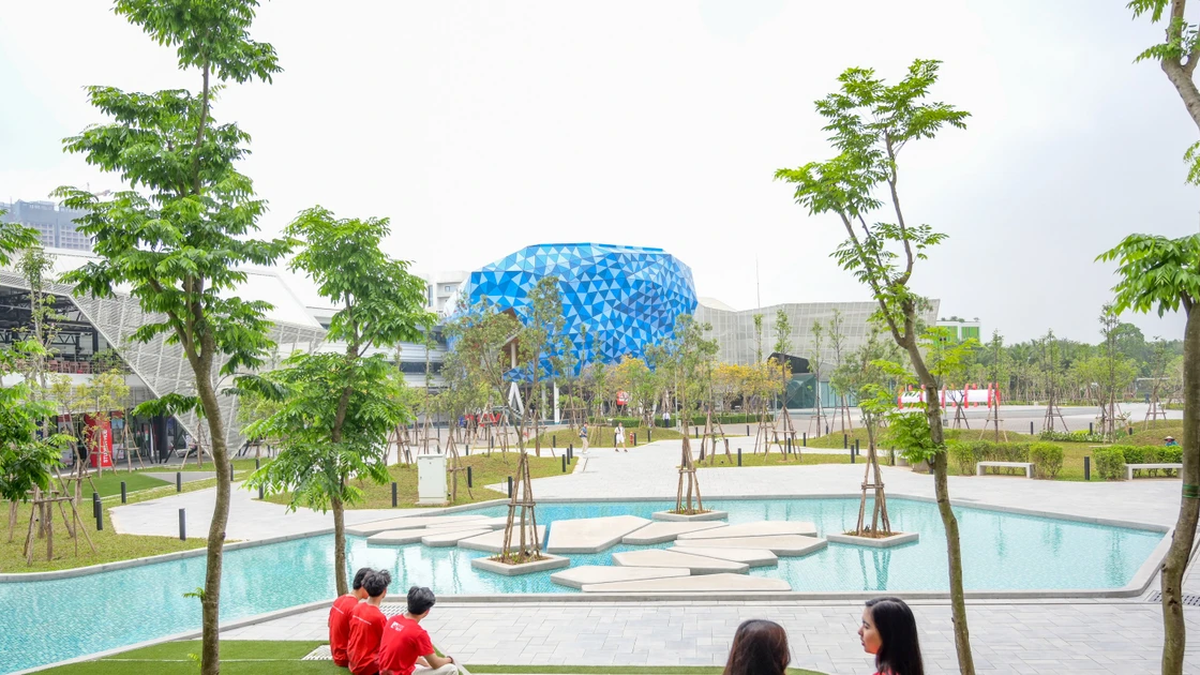
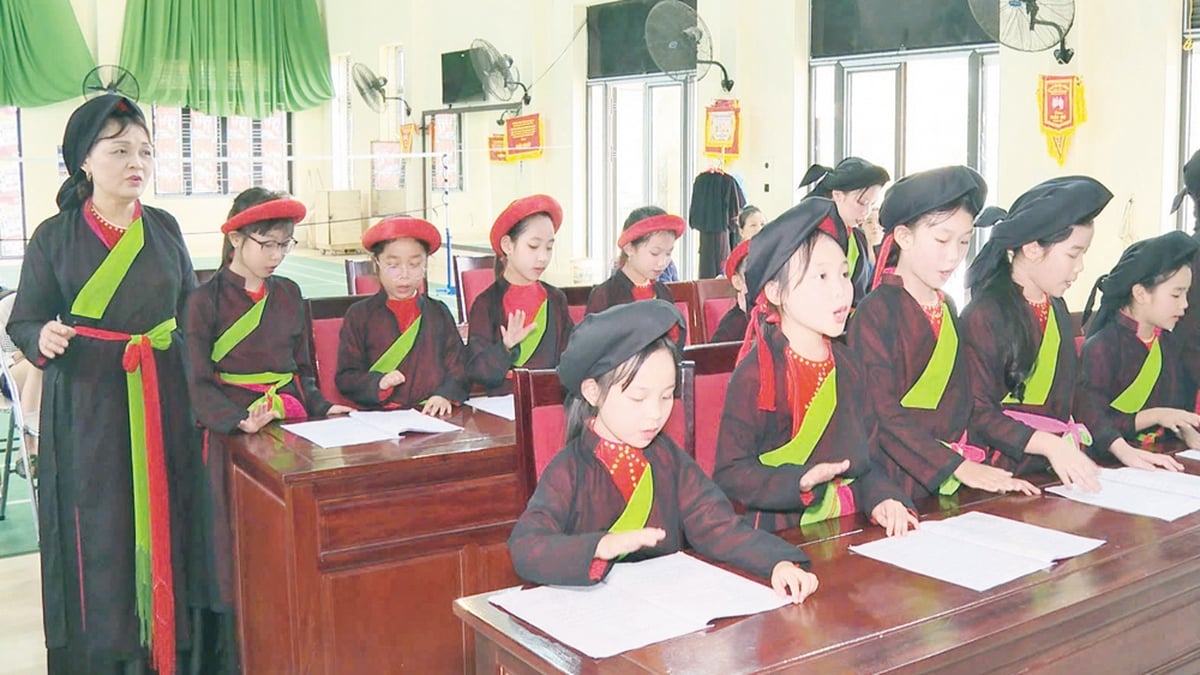




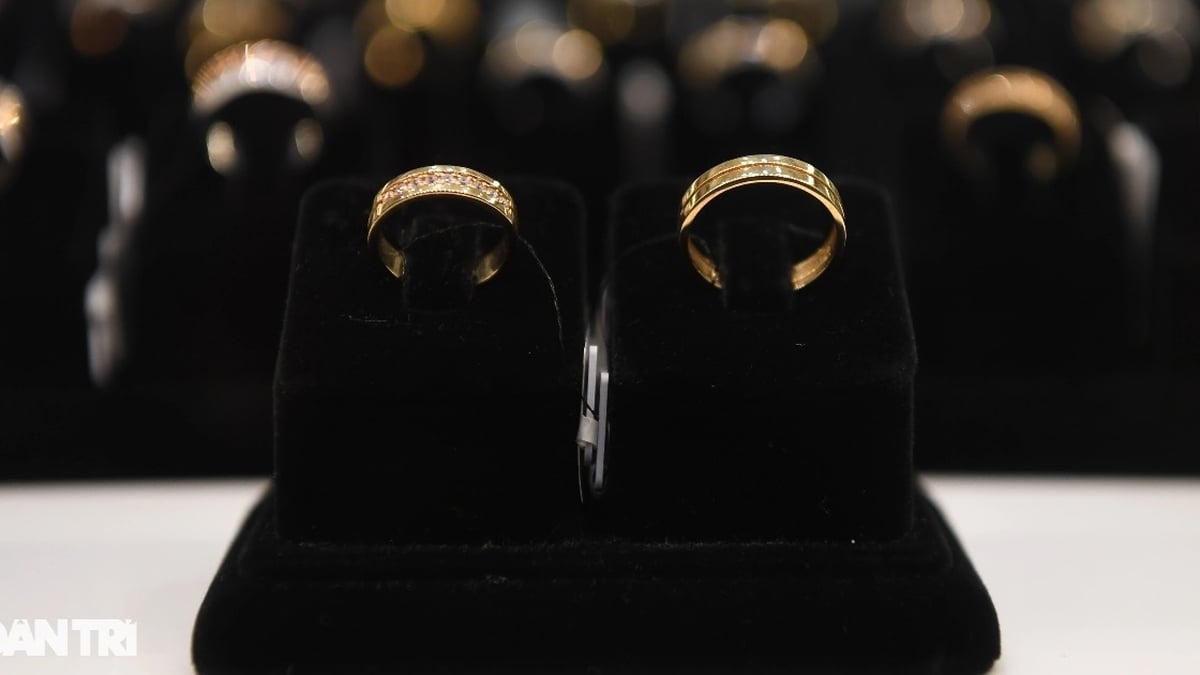


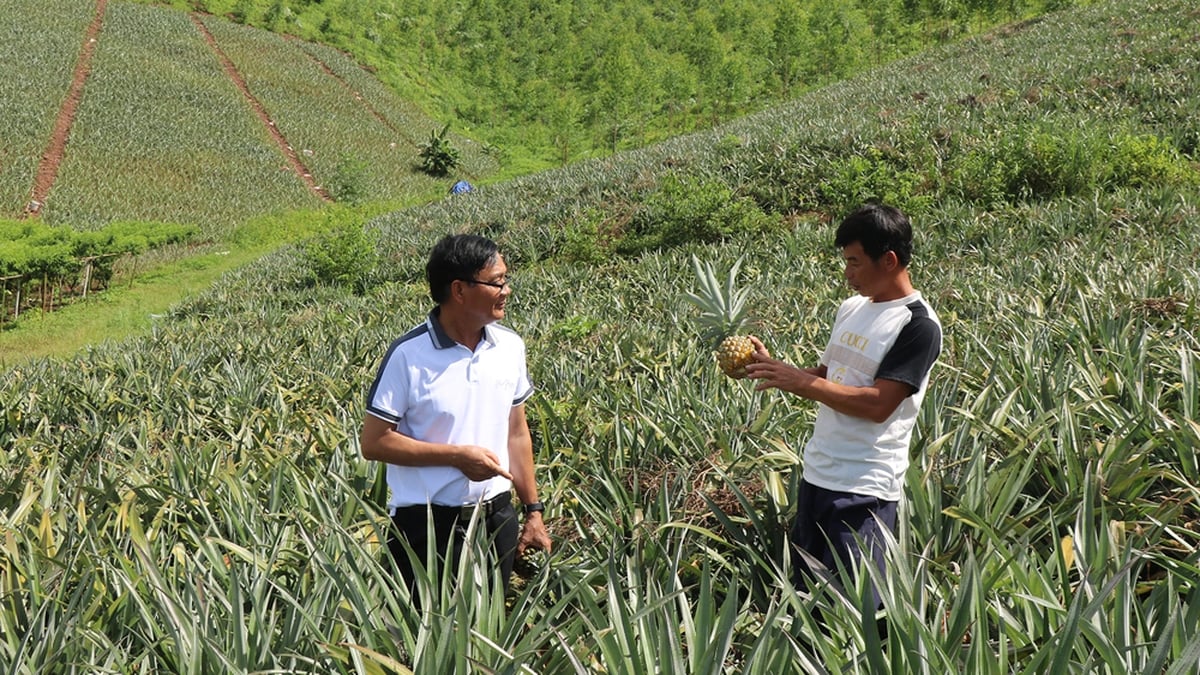





























































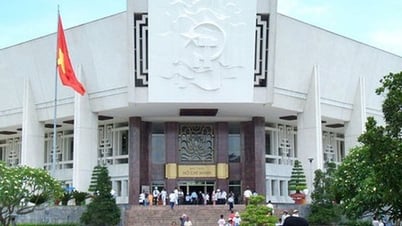




























Comment (0)